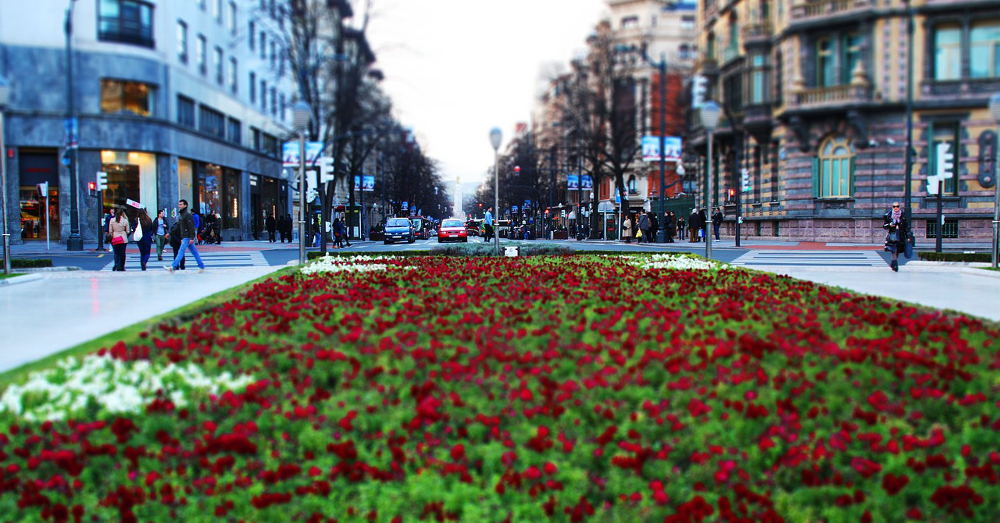
Why We Need Nature-Rich Cities
Author Richard Louv invites us to imagine a future filled with urban parks, greenery, and gardens.
June 18, 2017 | Source: City Lab | by Mimi Kirk
Homes destroyed by mudslides, villages flattened by hurricanes, glaciers melting into the sea, land cracked by drought: Such images of the effects of climate change fill social media feeds and television screens. These images may spur awareness and prompt declines in fossil fuel use, but they don’t encourage us to envisage a hopeful, green future.
Writer Richard Louv wants us to focus on this more optimistic vision. While such a view involves fighting climate change by using more-sustainable energy sources, Louv invites us to go further by imagining a “nature-rich” future. “If you only talk about energy efficiency, the conversation stops at solar panels,” he says. “‘Nature-rich’ conjures up the images that we want to work toward.”
Louv, who co-founded the Children & Nature Network, is a longtime advocate of reintroducing nature to people, especially children. In his 2005 book, Last Child in the Woods, he coined the term “nature-deficit disorder,” which he says American children are suffering from due to recent trends that keep kids indoors.
CityLab recently caught up with Louv to discuss his nature-rich vision as it applies to cities, and what municipalities and individuals can do to ensure a future wealth in things green and leafy.
